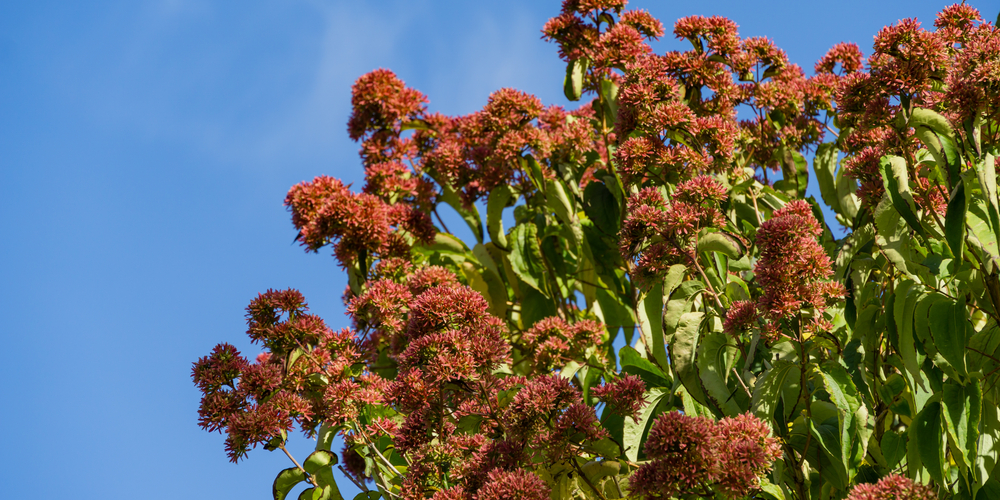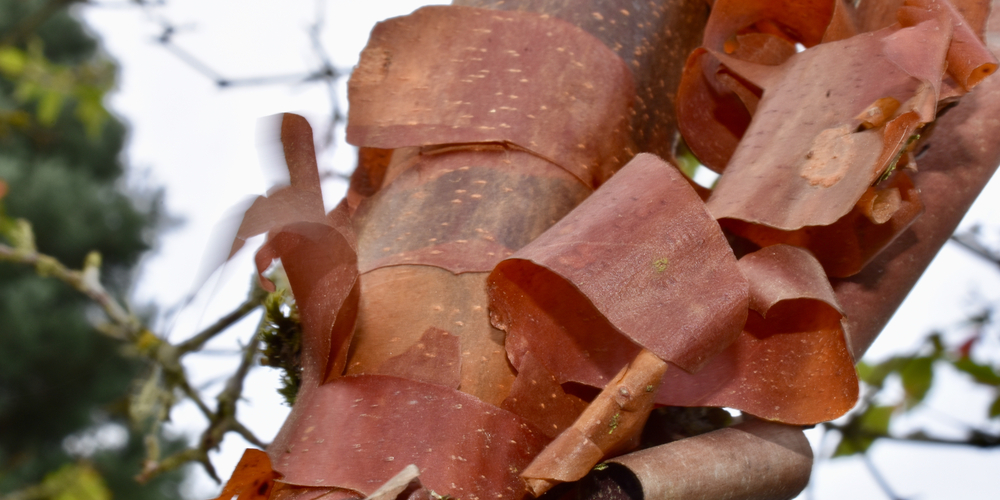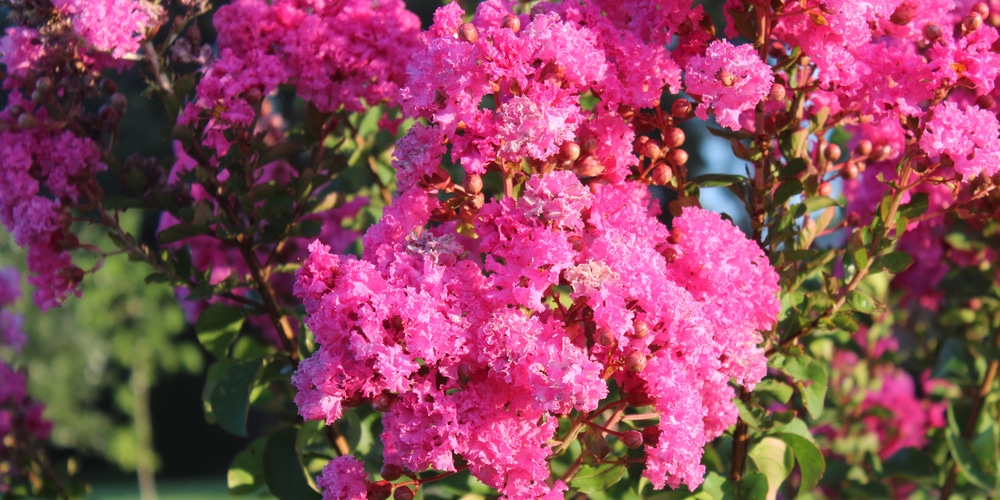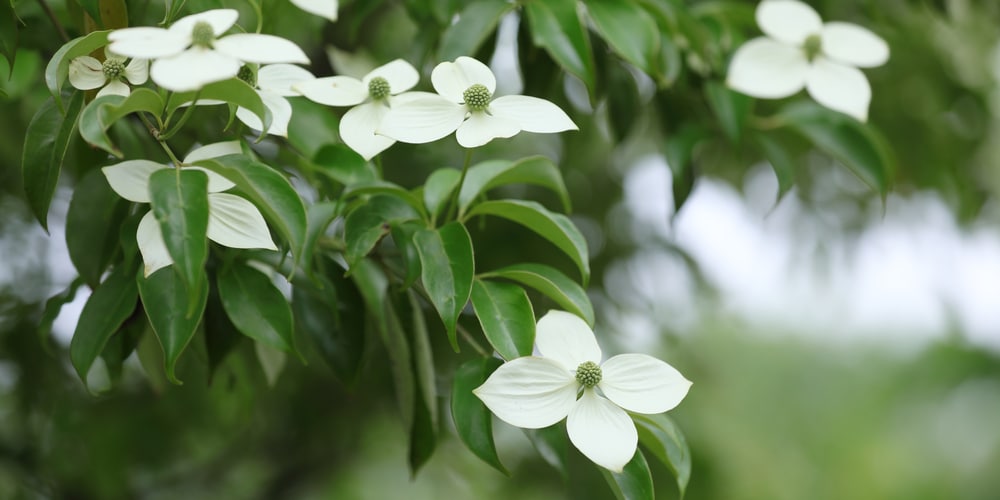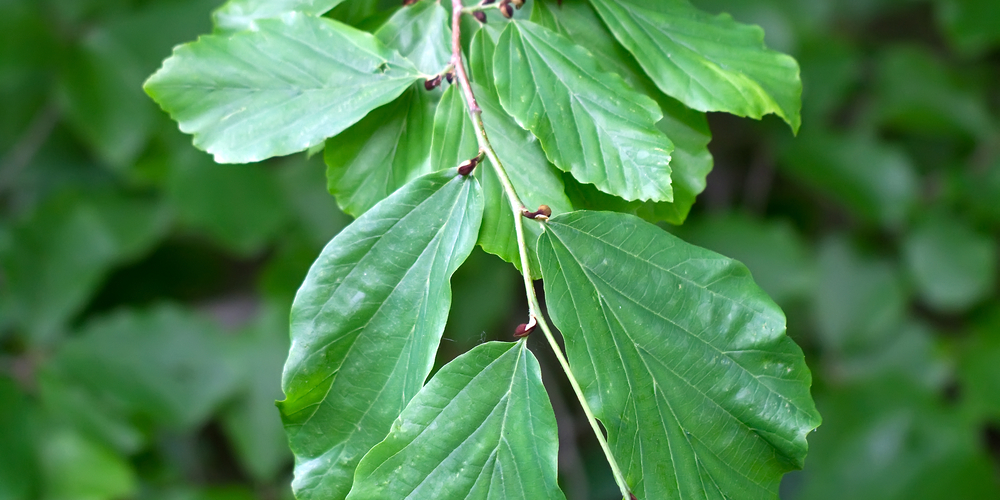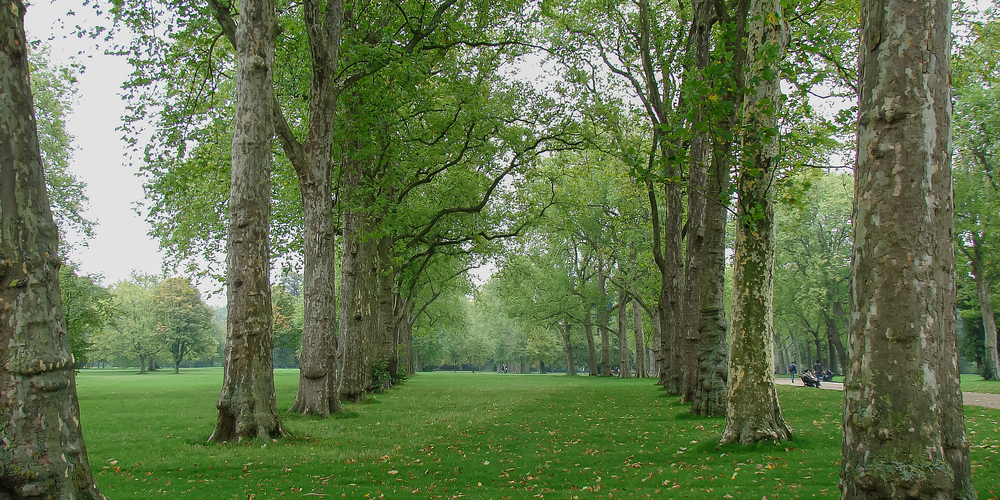Trees with peeling bark add an aesthetic touch to the lawn during the winter. However, it’s often difficult to figure out which tree possesses this characteristic.
There aren’t many trees that naturally have peeling bark. Many will peel their bark due to an infection.
Trees with peeling bark
Here are the tree species that peel their bark naturally.
Seven-son flower (Heptacodium iconioides)
The Seven-son flower is a member of the honeysuckle family and is a large shrub. It’s usually vase-shaped and is a woody plant peeling its bark in the winter.
It was first discovered in China and has become a botanical garden tree, reaching about 20 feet tall and 10 feet wide. It’s a versatile plant and incredibly adaptable to fit in a vast array of conditions.
River birch (Betula nigra)
River birch is a wild species and one among the wide range of birch trees native to the Eastern United States’ swamps and flood plains. It has naturally peeling bark which is black when mature, hence the species name ‘nigra.’
It’s a medium to a tall tree reaching about 80 feet tall and 40 feet wide. This tree is usually multi-trunked (about five trunks per tree).
Paperbark maple (Acer griseum)
Paperbark maple is suitable for growing in clay soils and is native to China. This deciduous tree grows about 30 feet tall and virtually 25 feet wide.
Thanks to its gorgeous foliage and winter peeling bark, it’s a recipient of the Royal Horticultural Society’s Award of Garden Merit.
It only requires a little pruning and is an ideal addition to a lawn, and a perfect cottage garden tree.
Crape myrtle (Lagerstroemia indica)
Crape myrtle is also native to China and Korea and belongs to the Lythraceae family. It has a multi-stemmed form and is typically a medium-sized shrub deciduous plant growing up to 25 feet tall and 20 feet wide.
They usually shed their two-toned cinnamon and tan bark in the winter. The trees produce beautiful summer flowers. Adding them to your backyard lawn adds an aesthetic touch.
Kousa dogwood (Cornus kousa)
The dogwood trees bark has a patched-peeling habit. This gives the tree a beautiful damaltian stem coloration. It’s a large shrub growing about 25 feet tall and 18 inches wide.
The tree is also a sought-after garden tree native to Asia and originally from China. It’s a perfect addition to a lawn or cottage garden, thanks to its mesmerizing white blooms and marble-sized fruits that prop out in the fall.
Persia parrotia (Parrotia persica)
Persia parrotica is closely related to the genus hamamelis but belongs to the family Hamamelidaceae and is a pretty deciduous, bark-peeling tree. It’s native to Azerbaijan and Iran but is available in the United States and China.
It can reach a height of 40 feet and a width of 30 feet, and its bark usually flakes away to reveal its brown and gray inner bark. It usually starts as a shrub but pans out as a full-size tree.
London plane tree (Platanus x acerifolia)
The London plane tree has a cream-colored inner bark that gets revealed when its bark flakes off during the winter months. It grows about 65 feet tall and 50 feet wide, making it an enormous giant perfect for city gardens and university compounds.
This tree is native to England and is a hybrid of the Oriental Plane and American sycamore trees. It’s deciduous and usually reveals its barking glory during the winter months.
Lacebark pine (Pinus bungeana)
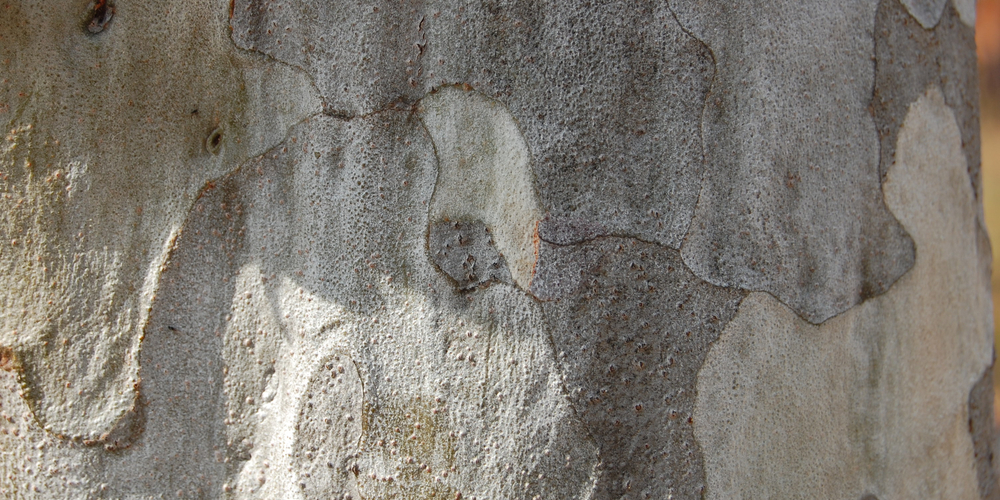
The Lacebark pine conifer doesn’t reveal its bark more often since it’s evergreen but displays dalmatian patterns. It’s native to central and northwestern China and grows up to 40 feet tall and 30 feet wide.
It commonly grows in the United States and can sometimes reach immense heights of about 70 feet tall, making it an ideal city garden or cottage lawn tree.
Trees with peeling bark: Conclusion
Not many trees have peeling bark. This often happens when the trunk is infected with fungi. However, a few species naturally have peeling bark, particularly in the winter months as they shed their leaves.
Most trees stand tall when matured, but a few are shrub-like, making them perfect for garden lawns.
Related Article: Trees That Grow in Water
